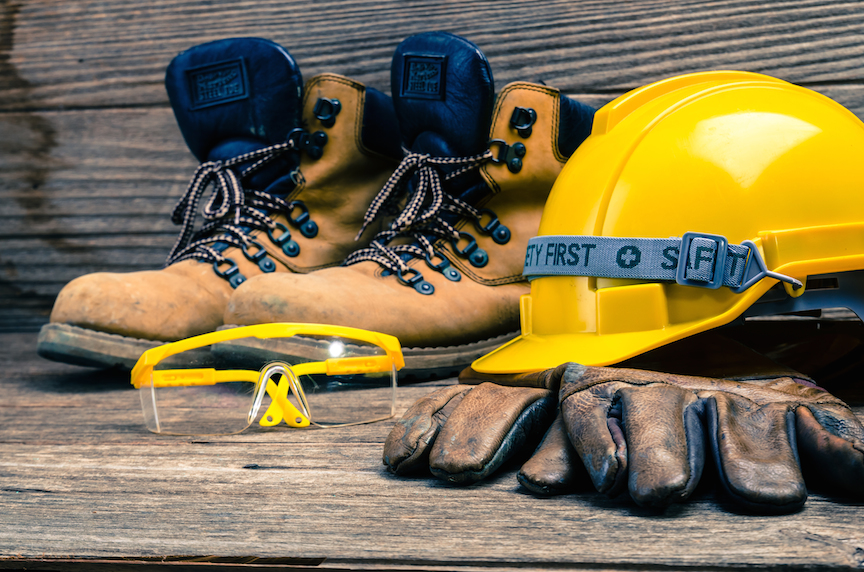
Health in Construction
Understanding the requirements for fitness for work in construction can be a minefield for those looking to ensure they meet the demands of major contractors requesting a medical or health certificate. Whilst these are not a legal requirement, a targeted heath assessment ensures a minimum standard for health set to specific criteria. The most recent guidance (SOM 2021) for Fit for Work health assessments for construction workers covers the following health assessments:
Fit for Work Health Assessments – Safety Critical Work
- Vision
- Respiratory health
- Hearing
- Blood pressure
- Height, weight and BMI
- Mental health assessment
- Mobility and coordination
- Generally, health assessments are undertaken every 3 years, but can be issued for a shorter time whilst health issues are resolved, or if the worker is over 65.
A Fit for Work Certificate is produced at the end of the health assessment, and will include a date for review health assessment. Many large contractors and Government Bodies will require the Fit for Work health assessment to be carried out by a SEQOHS accredited Occupational Health Provider. SEQOHS stands for safe, effective, quality, occupational health service and is a quality scheme set up by the Faculty of Occupational Medicine.
Background
Since the closure of the Constructing Better Health Scheme (CBH) in 2020, those working in Occupational Health had been left using a standard for fitness to work that clearly needed review. The original CBH standards published in 2008 were used across the industry and provided basic health parameters for health assessment.
Since then the Society of Occupational Medicine (December 2021) has produced comprehensive guidance aimed at supporting health professionals and industry when assessing fitness to work for specific safety critical tasks. The guidance was produced by the Society of Occupational Medicine and a multidisciplinary team worked on the project, including Occupational Health Physicians and Occupational Health Nurses with hands on clinical experience in service delivery and policy, with input from Occupational Hygienists and Health and Safety Professionals. The guidance does not constitute a standard, but is a helpful guide to what should be considered in terms of providing consistency of approach. While Safety Critical Worker Health Assessments are not a legal requirement they have become custom and practice in many areas of the construction industry.
Determining Risk and Appropriate Health Assessment
A suitable risk assessment of any job role, activity or task should identify whether there could be a significant risk of harm to the worker, or others, in the event of incapacity of the worker undertaking those activities.
Examples of jobs that may be associated with such harm include:
- Drivers
- Plant Operators
- Scaffolders
- Slinger/Signaller/Banksman/Traffic Marshall
- Tunnel Boring Gangs
- Highspeed Road Workers
- Miners
- Confined Space Workers
- Working at heights where collective protective measures are not practicable
- Tower Crane Operators
- Others identified by risk assessment
RISK MANAGEMENT
When making a clinical decision regarding the outcome of a fitness for work/Safety Critical Worker health assessment, a risk assessment approach should be used; the following approach may be considered:
- What is the likelihood of any type of medical event that might lead to incapacitation?
- What would be the likely impact of that incapacitation in relation to safety?
- What would the consequence be for the individual/others/the community?
- Consider the scale of harm that might result.
RISK LEVEL EXAMPLE/CONSEQUENCE
High Sudden incapacity – ill health or other impairment could cause significant loss, including multiple fatalities.
Medium – sudden incapacity, ill health or other impairment could cause injury to self and result in significant difficulty to rescue worker/workers, e.g. from confined space. Fatality unlikely as a result other than to individual if the medical incident itself was fatal.
Low Sudden incapacity – ill health or other impairment could cause injury just to self, others would not be affected
Fit for Work Health Assessment for Safety Critical Work
The fit for work health assessment includes the following clinical history to consider the following:
- Sudden loss of consciousness,
- Impairment of awareness or concentration,
- Sudden incapacity,
- Significant limitation of mobility,
- Temporary visual impairment, or
- Impairment of balance or coordination
